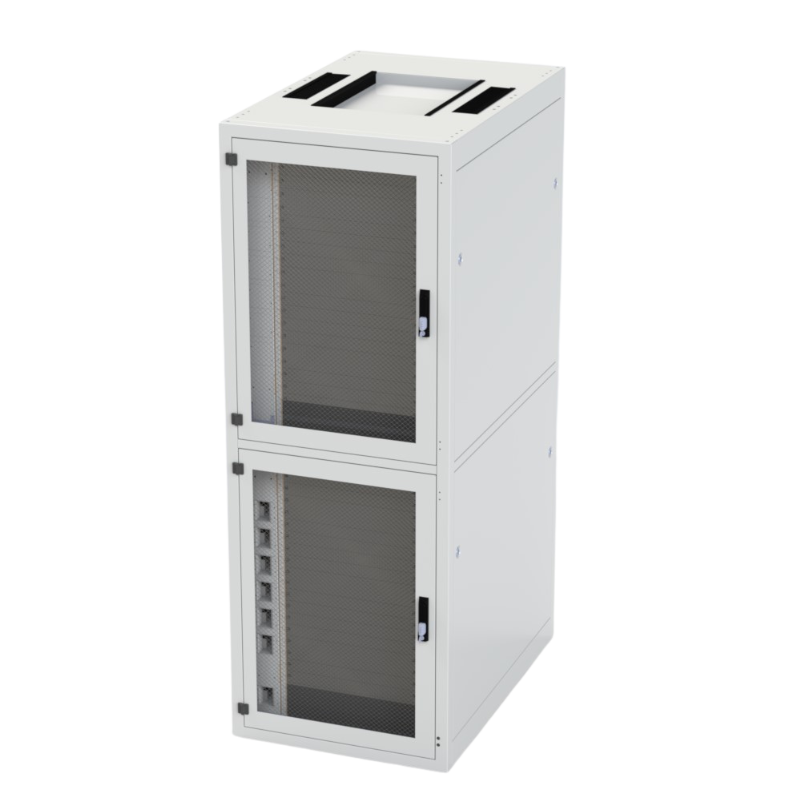New technologies are transforming the way railway infrastructure is monitored, managed, and maintained
Most of the world’s Internet users aren’t human anymore. By the beginning of 2022, an almost five billion people had access to the Internet1, but that number is dwarfed by the estimated 18 billion machines that now use the Internet to communicate with little or no human intervention.2
The digital railway is following the same path. The new generations of wired and wireless communication systems that are already entering service in parts of the UK rail network will undoubtedly improve connectivity for passengers and industry personnel. But much of the data moving across these systems will come from the embedded sensors and monitoring equipment that make up the railway’s own Internet of Things (IoT).
IoT on the digital railway
The UK rail network is already a significant user of IoT technologies. Network Rail’s Intelligent Infrastructure system, for example, uses remote sensors to monitor the condition of tens of thousands of assets including points, points heating fitments, track circuits and signal power supplies.
In the coming years, the number of such trackside IoT installations is set to explode. Remote monitoring technology is seen as a key tool in the industry’s efforts to increase safety, capacity and reliability on the railway while driving costs down. Fixed IoT sensors can perform an array of functions, from detecting obstructions on the line to assessing the condition of the wheel bearings in passing trains.
Predicting a transformation
IoT technologies aren’t just becoming more common, they are getting more sophisticated too. Most of today’s installations are designed to identify problems that have already occurred, triggering alarms that enable timely action by operations and maintenance staff. In the future, the industry wants its sensors to perform a more proactive role, collecting data on the performance and health of assets over time and using that data to predict and prevent failures.
These emerging IoT applications will use advanced software and artificial intelligence techniques to identify and interpret patterns in complex data. But they will need plenty of new hardware too. Smart sensors require reliable power and data connections, and some systems will need significant local computing power.
That hardware will spread across the whole rail network, much of it in remote, outdoor locations. It must be capable of continuous, unattended operation for months or even years. That’s why effective enclosure systems – which provide protection from the weather, from theft and vandalism, and from damage by insects or rodents – will be a critical part of every trackside IoT implementation.
The evolution of protection
Those equipment protection requirements are familiar to the rail industry, but IoT will add some new challenges too. Installations are likely to vary significantly across the network, for example. At some sites, IoT hardware will be integrated into the enclosures existing trackside communications and control equipment. At others it will stand alone. And the rapid evolution of remote monitoring technology means that asset owners must plan for future technology upgrades or the installation of additional equipment during the lifetime of an enclosure.
All that means is that IoT implementations will require bespoke enclosure solutions, engineered by teams who understand the demands of the rail sector and the requirements of modern digital infrastructure. At Rainford, we take the time to consult with our customers, understand their needs and design the most appropriate solution. All our enclosures are manufactured in the UK, ensuring stringent quality control, and keeping supply chains short. At every step, our goal is simple: reliable, long-term protection for our customer’s equipment.
1 https://datareportal.com/reports/digital-2022-global-overview-report




